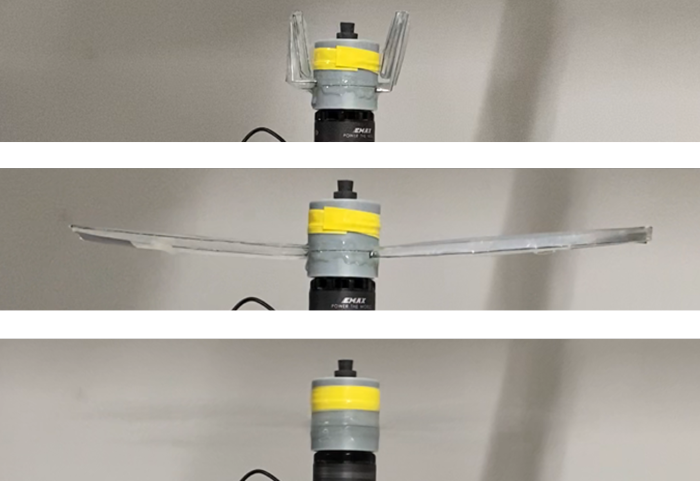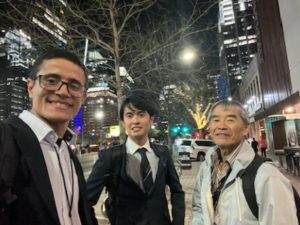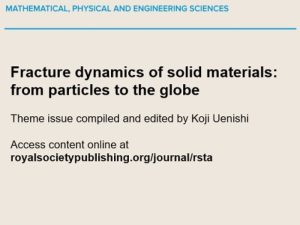
Lately, it’s been getting colder at night, and it’s the season when my favorite nabe (hot pot) is at its best. hello. I’m Endo, a second-year master’s student at Suzuki Lab. Today, as the title says, “Aiming for deep space,” I would like to talk about the activities I am doing in the new field related to deep space (the moon and celestial bodies farther than the moon).
Do you know the Deep Space Exploration Science Education Program (DESP) established by the Graduate School of Frontier Sciences? DESP is one of the educational programs operated by New Fields, which was established in 2018, and I am also participating in it. With regard to deep space exploration, it is a program that allows you to comprehensively learn from the basics to applications from both science and engineering, and I think it is unique to a new field that is made up of a combination of various fields. You can participate and complete this program at any time, and if you can get the required number of credits, you will receive a certificate of completion.
A new space exploration symposium was held in August under the DESP project. In the first part, faculty members and graduates of new fields related to space gave lectures on various themes. I participated in the discussion of the department. I was nervous about exchanging discussions with the teachers, but I was able to spend a very meaningful time because they listened seriously to what the students had to say and gave their opinions on an equal footing. The theme of the discussion was to launch micro-satellites from the Kashiwa Campus, where the new domain is located. This time it was just a simple design meeting, but I’m looking forward to the day when a new satellite will be launched.
And my research is also related to deep space. Last year, NASA’s Mars helicopter flew through the Martian atmosphere, and it became a hot topic, and Mars exploration by Mars aircraft is becoming a reality. Therefore, in order to realize a lightweight and highly storable Martian aircraft (especially a Martian drone), I developed a structure called an “inflatable structure” that can be deployed by air pressure from a stored state like a floating ring as a rotor wing for the Martian aircraft. I am researching whether it can be used. Mars airplane wings that use inflatable structures have been researched in the past, but there are few examples of research using rotor blades like the propellers of Mars drones. I am looking forward to doing research.
In recent years, various exploration projects aiming at deep space are being carried out at a dizzying pace. We are grateful that we students can get involved in this kind of new space exploration through educational programs and research activities.
This page was automatically translated into English.
Please note that the translation system may not necessarily be accurate.
Thank you in advance for your kind understanding.







